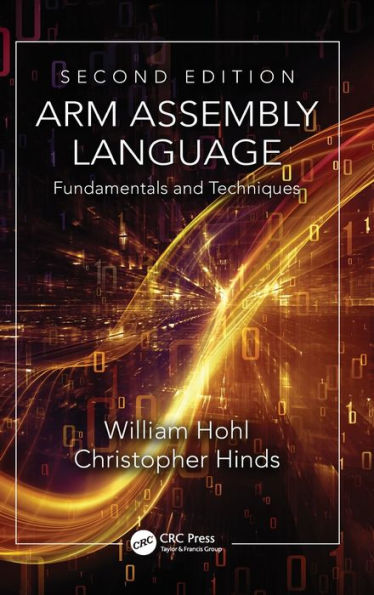5
1
9781482229851



ARM Assembly Language: Fundamentals and Techniques, Second Edition / Edition 2 available in Hardcover

ARM Assembly Language: Fundamentals and Techniques, Second Edition / Edition 2
- ISBN-10:
- 1482229854
- ISBN-13:
- 9781482229851
- Pub. Date:
- 10/20/2014
- Publisher:
- Taylor & Francis
- ISBN-10:
- 1482229854
- ISBN-13:
- 9781482229851
- Pub. Date:
- 10/20/2014
- Publisher:
- Taylor & Francis

ARM Assembly Language: Fundamentals and Techniques, Second Edition / Edition 2
$120.0
120.0
In Stock

Product Details
| ISBN-13: | 9781482229851 |
|---|---|
| Publisher: | Taylor & Francis |
| Publication date: | 10/20/2014 |
| Edition description: | Revised |
| Pages: | 453 |
| Sales rank: | 968,339 |
| Product dimensions: | 6.20(w) x 9.30(h) x 1.00(d) |
About the Author
From the B&N Reads Blog

